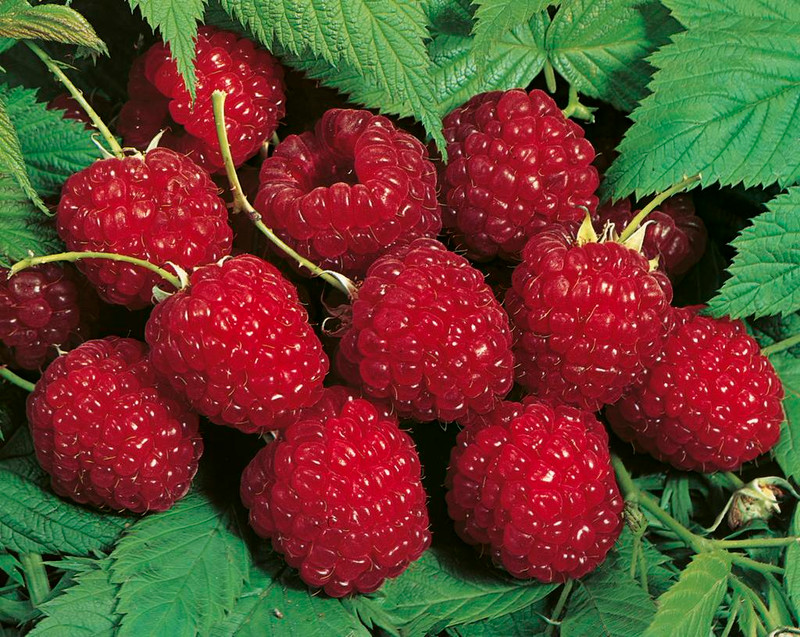Whether you are a seasoned gardener or just beginning your horticultural journey, understanding the unique needs of raspberry plants is key to enjoying a bountiful harvest of these delectable fruits. In this blog, we delve into the fascinating world of raspberry canes, the differences between primocanes and floricanes, their respective pruning techniques, and the importance of both the nutrition and mulching of your raspberry plants.

The Two Types of Raspberry Canes: Primocanes vs. Floricanes
Raspberries bear fruit on canes that grow from the plant's root system. These canes can be classified into two types: primocanes and floricanes, each with its own lifecycle and fruiting pattern.
- Primocanes are the vibrant, green canes that emerge during the current growing season (example varieties; Autumn Bliss and Heritage). Depending on the variety of raspberry you're growing, these canes can either produce fruit at their tips in late summer to autumn of their first year (in primocane-fruiting varieties) or mature to bear fruit in their second year.
- Floricanes are the mature, woody canes that have survived through the winter (an example variety is Chilcotin). These canes bear fruit in the summer of their second year and then die after the harvest is complete.
Understanding the distinction between these two types of canes is crucial for effective pruning and to ensure your raspberry bushes are productive and healthy.
Pruning Techniques for a Lush Raspberry Harvest
The goal of pruning is to maximise fruit production and to ensure the health of your raspberry plants. The approach differs significantly between primocane-fruiting and floricane-fruiting varieties.
For Primocane-Fruiting Varieties:
These varieties bear fruit on the current year's growth. Prune them in late autumn or winter by trimming all canes to ground level. This may seem drastic, but it encourages the growth of new primocanes, which will bear fruit later in the season.
For Floricane-Fruiting Varieties:
Floricanes require a more refined approach. After fruiting, the floricanes will die. In late autumn you will be able to identify and remove the spent canes at ground level to make room for new growth. Additionally, thin the primocanes (last year's growth that did not bear fruit) to about five or six strong canes per plant to prevent overcrowding and promote air circulation.
The Importance of Nutrition and Mulching
Raspberries are not just about pruning; providing the right nutrition and environment is equally important. Cow manure is an excellent choice for raspberry plants due to its lower seed content compared to other manures, reducing the chance of unwanted weeds. It enriches the soil with essential nutrients, promoting healthy growth and bountiful fruiting.
Mulching plays a critical role in maintaining soil moisture, regulating temperature, and suppressing weed growth. In autumn, apply a generous layer of mulch around the base of your raspberry plants. This will protect them over the winter and provide a nutrient-rich environment for the canes to thrive in for the coming season.
By following these guidelines for pruning, nutrition, and mulching, you will set the stage for a successful and rewarding raspberry harvest in Tasmania. Whether you're enjoying the fruits of your labour fresh off the vine, in jams, or baked into delightful pastries, the taste of home-grown raspberries is unmatched. Embrace these practices and watch as your garden becomes a haven for these delicious berries.
Happy Gardening!

